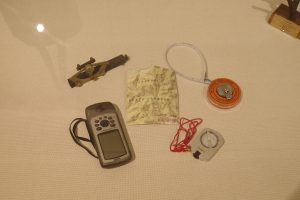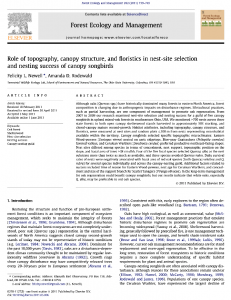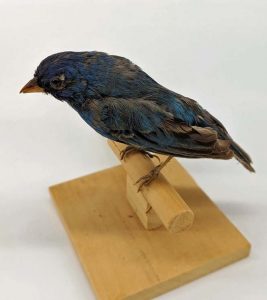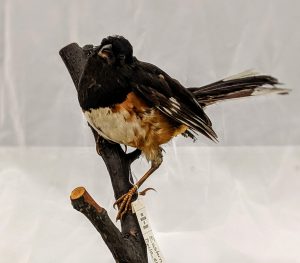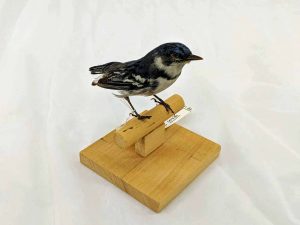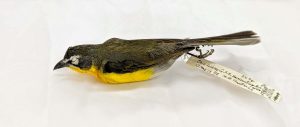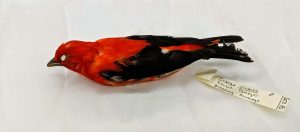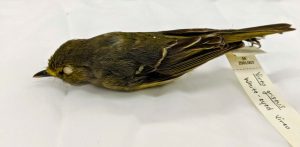From its beginnings, The Ohio State University has been involved in research into building Ohio’s forests and educating practitioners in their management. Beginning as early as the 1880s, faculty has been researching forestry issues and educating students and Ohioans about the importance of forests and their management. Early in the 20th century, the Department of Forestry at the Ohio Agricultural Experiment Station was responsible for the acquisition and management of Ohio’s state forest system. State forests provide areas to apply forest management techniques as well as places where research can be conducted for new techniques to address management issues of the day. These management issues include wildlife habitat, timber production, recreation, and water quality.
- Tree Borer Tool
- Forestry Measurement Tools
- Managing Forest Birds in Southeast Ohio
- Nesting Success of Canopy Songbirds
- Stand Structure Representation
Bird Taxidermy Mounts and Study Skins
Museum of Biological Diversity, Tetrapods Collection
- Indigo Bunting
- Eastern Towhee
- Cerulean Warbler
- Yellow-Breasted Chat
- Scarlet Tanager
- White-Eyed Vireo
These specimens illustrate songbird species that live in three types of Ohio forest habitats: early successional habitats (often regenerating clearcuts), shelterwood forests (where only some trees are removed), and mature, unharvested oak-hickory forests. Clicking on the images will allow you to listen to each bird’s call, courtesy of the Cornell Lab of Ornithology.
What is a study skin?
A study skin is a scientific specimen with all flesh removed and skin, plumage, bill, and legs left intact to resemble a live bird. Taxidermy is used to preserve a life-like posture and shape.
How are study skins used?
Study skins allow students and researchers to explore species characteristics in detail and describe differences among sexes, age groups, populations, and time. DNA can be obtained from these specimens for genetic research.
To donate a window-killed bird to science, please contact
tetrapods@osu.edu.


